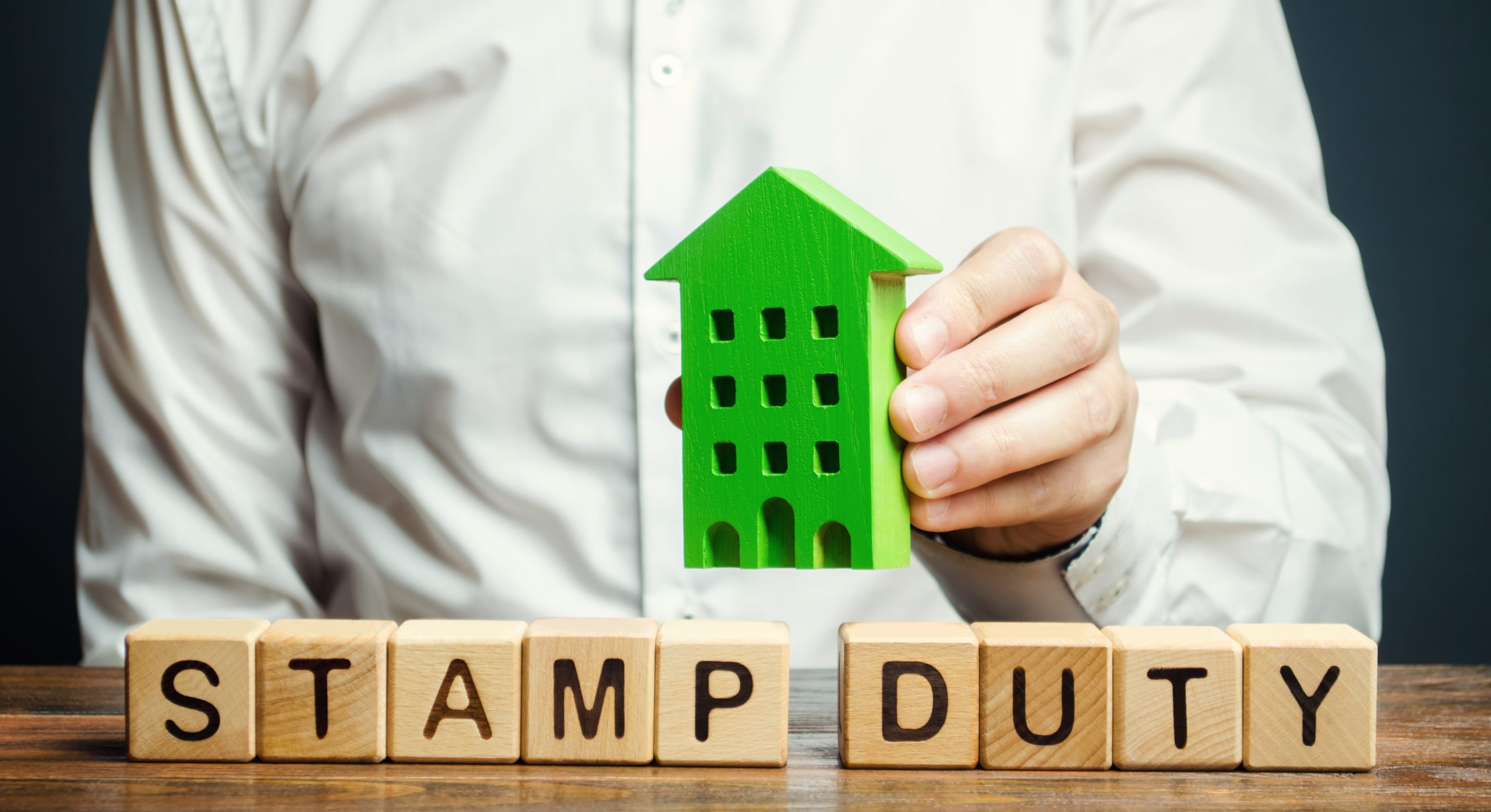Stamp Duty Holiday Explained
If you’ve been property hunting during the last year, you’ll probably know all about the Stamp Duty holiday. During his summer 2020 statement, the Chancellor announced a temporary holiday on Stamp Duty on the first £500,000 of all property sales in England and Northern Ireland. This was part of the Government’s plan to boost the economy through the housing market and help buyers who have taken a financial hit due to the coronavirus crisis. Many rushed to take advantage of the break, which amounts to a tax saving of up to £15,000. The end date of this break has extended until the 30th June 2021. This being followed by a transition period taking place from July to September where the band will be £250,000, before returning to the usual level of £125,00 from 1st October 2021.

What changed for stamp duty in England?
The Government initially increased the lower stamp duty threshold from £125,001 to £500,000 for property sales in England and Northern Ireland. Anyone who purchased property below the new level would not pay stamp duty as long as the deal is completed before the end of the stamp duty holiday. This was March 31st 2021 but is now extended to the 30th June 2021.
As before this change was announced, anyone buying a second home or buy-to-let properties will still have to pay the 3% extra duty due on the entire price.
When does the stamp duty holiday end?
The holiday was set to end on 31st March 2021, but this has now been extended until the end of June 2021 for £500,000 properties and the end of September 2021 for £250,000 properties. Many who have begun the process of buying and selling a property will benefit from these extensions, saving thousands of pounds.
What is stamp duty?
When you buy property in the UK, you pay a tax called stamp duty. It’s slightly different across the UK, for example, in England and Northern Ireland buyers pay stamp duty land tax, but in Scotland, it is Land and Buildings Transaction Tax, and Land Transaction Tax in Wales.
The amount you pay varies depending on the price of the property being bought, and where it is in the UK. It also only applies to anyone who is not a first-time buyer. There are different rules for first-time buyers which we will explain later.
Who pays stamp duty and how much?
Before 8th July 2020, In England and Northern Ireland, stamp duty was paid on land or property sold for £125,000 or more.
As we explained, the rules for first-time buyers were slightly different. They paid no tax up to property values of £300,000 and 5% on any portion between £300,000 and £500,000.
If someone has purchased property before (therefore no longer a first-time buyer) stamp duty rates were as follows:
- 2% on property valued between £125,001-£250,000
- 5% on property valued between £250,001-£925,000
- 10% on property valued between £925,001-£1.5 million
- 12% on any property valued above £1.5 million
Landlords must pay an extra 3% of stamp duty when they purchase a buy-to-let property in England and Northern Ireland. All of this changed, however, after Rishi Sunak’s summer statement.
Can I still benefit if I’ve already completed a purchase?
The stamp duty holiday applies from 8th July, 2020. This means anyone completing a property purchase before that date must pay the full normal stamp duty at the rates we mentioned above.
How much could buyers save?
Ultimately, the more the property you are purchasing is valued at, the more you will save under this scheme.
Before the stamp duty holiday, if you bought a house for £200,000, the stamp duty to pay would have been £1,500.
That’s based on 0% duty on the first £125,000, 2% on the next £75,000 (£1,500).
If the property was valued at £300,000, the stamp duty would have been £5,000.
That’s based on 0% duty on the first £125,000, 2% on the next £125,000 (£2,500), and 5% on the remaining £50,000 (£2,500).
The holiday means anyone buying a home valued under £500,000 now pay 0% in stamp duty, until 30th June 2021.

